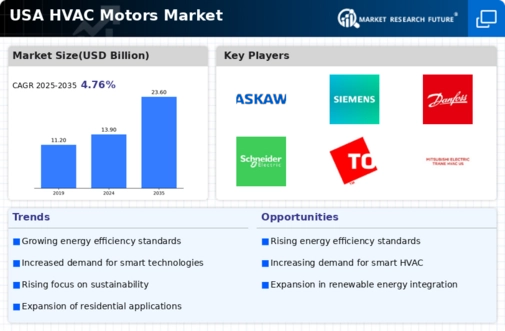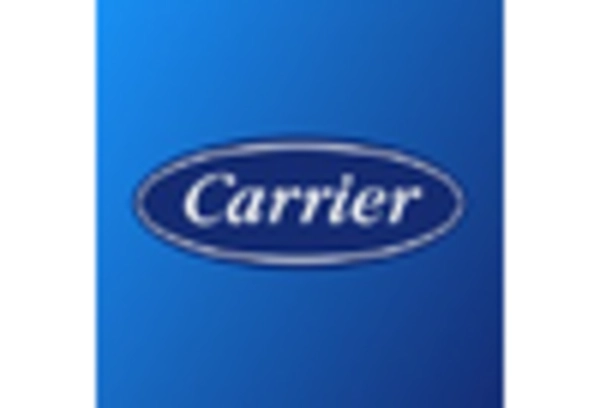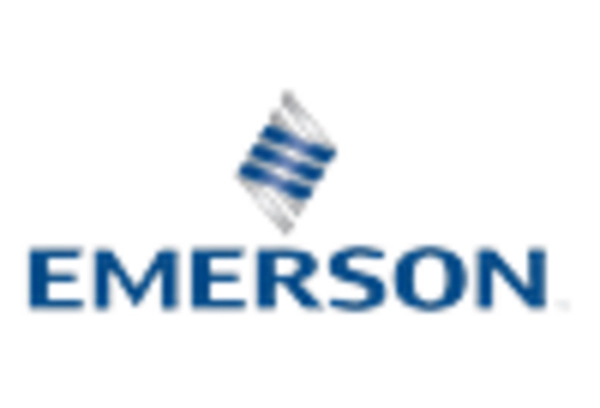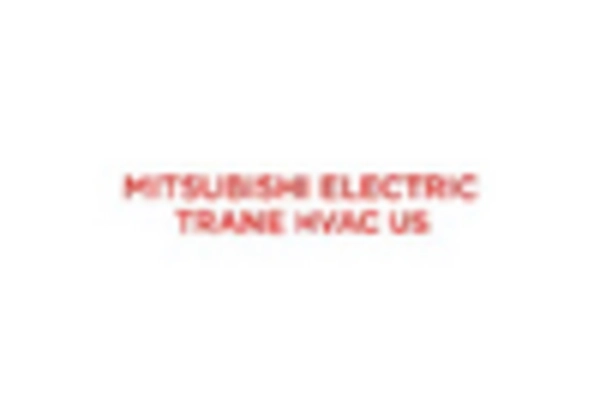Market Trends
Key Emerging Trends in the USA HVAC Motors Market
The US HVAC engine market evolves with the heating and cooling industry. The need for energy-efficient HVAC systems is expanding. More consumers and companies want energy-efficient HVAC systems. Because energy efficiency and sustainability are becoming increasingly essential. This has increased the usage of high-efficiency motors to reduce HVAC energy consumption, which saves money and helps the environment. The USA HVAC motors market is following trends that are largely determined by new technologies. Companies are spending money on research and development to make motor technology that is smart and linked. Some of these improvements are variable speed drives, built-in sensors, and better control systems that make HVAC motors work smarter. Adding Internet of Things (IoT) features lets you watch and handle things from afar, do preventative maintenance, and make the whole system work better. Along with this trend, the HVAC industry as a whole is moving toward smart and linked homes.
Laws and rules about the environment are affecting how the HVAC motors market grows in the USA. In order to cut down on greenhouse gas pollution and make energy use more efficient, government agencies are putting more rules on HVAC systems and the motors that power them. This has led motor makers to make motors that meet rules for energy economy, like those set by the U.S. Department of Energy (DOE). As businesses pay more attention to the environment, the movement toward HVAC motors that are legal and good for the environment is likely to continue.
Increased maintenance and upgrade initiatives are another US HVAC motors industry trend. Motor maintenance and adjustments become increasingly required as HVAC systems age and become less efficient. High-efficiency HVAC motors save energy without replacing them in many homes and businesses. These changes are necessary as the sector becomes greener. The US market is driven by how many people buy residential HVAC systems. More HVAC systems have been installed because of the private building business and more people becoming aware of how to make their homes more comfortable and energy efficient. This makes more people want home HVAC motors. Because of this trend, companies are making motors for home HVAC systems that are small, quiet, and use little energy.
Supply chain problems and a lack of materials are changing the trends in the US HVAC motors market. Global events like COVID-19 have shown how weak the supply chain is. Key parts, like the rare-earth magnets used in HVAC motors, are hard to find, which makes production and marketing hard. Manufacturers are looking into different materials and supply chain methods to keep a steady flow of parts.
The US HVAC motors market is moving in a certain direction because of worries about the supply chain, new technologies, energy economy, and replacing or retrofitting old motors. Manufacturers in this market must deal with these changes in order to meet customer needs, follow the law, and keep the US HVAC motors industry going.

















Leave a Comment